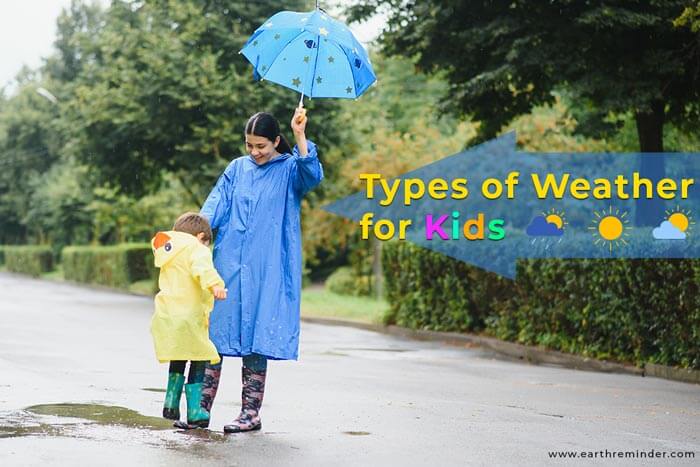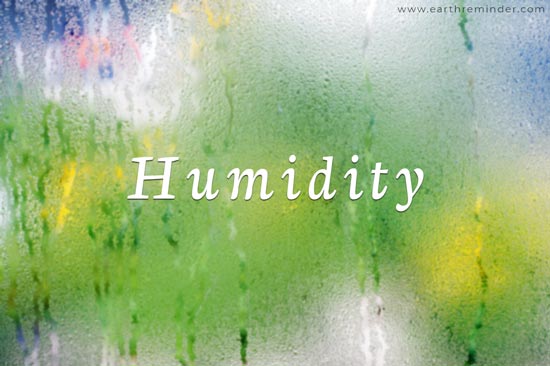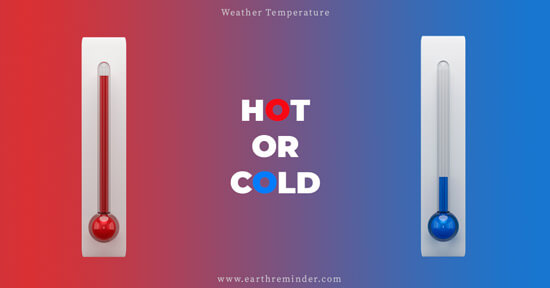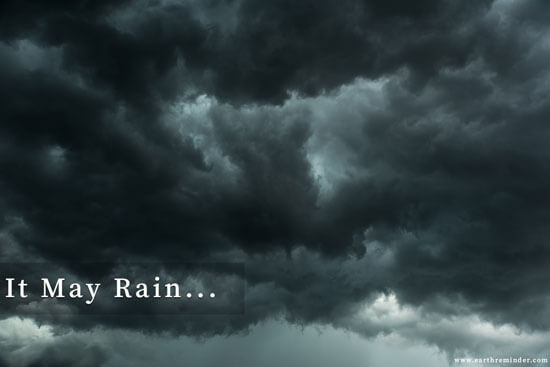Weather Types for Kids
Weather is the state of outside air or atmosphere. We lookout for this every single day. Thus, it is obvious to teach our kids how many weather types are there.
How could you know whether to wear a jacket or raincoat? Should you wash a load of clothes today or not? Should you plan for a picnic in the upcoming weeks?
Well, you will answer “by watching the weather outside”. Yes, exactly. Weather is a thing we always keep in mind whatever we do. It is the change in the condition of the atmosphere daily.
Also, we can explain weather “from time to time,” besides taking it as a “daily thing”. Yes, the weather does not remain the same throughout the day.
We all are not weather forecasters. But still, we can say what is the weather now and what we should do and we can also say the atmospheric condition right by looking at the sky.
Not only rain or cold wind but lightning, rainbow, hail, snow, hurricanes, etc., also fits in the weather. Further, weather can differ with a change in season, climate and several other factors.
It is a fascinating topic to explore and teach about. Thus, here we have complete information on different kinds of weather along with what causes the weather to change. So, let’s discover.
Table of Contents
What Causes Weather?
Before jumping directly to the types of weather, let’s know the reason behind it.
The weather is indeed due to the heating effects of the sun and the flow of air. Whatever weather we see every day occur in the lowest level of the atmosphere where various gases are present.
We can better understand it through the water cycle. Our earth is surrounded by 70% of water approximately. So, when the upper layer of water bodies become hot, some amount of water in the form of vapour evaporates. That hot vapour travels up and becomes cold and condensed to form clouds. And we all know clouds are the cause of rain or snowfall.
Sunny days, cloudy days, windy days, rainy days or snowy days all can be explained through this. On a sunny day, air blows normal, and there are no clouds in the sky. That really gives a pleasant feeling.
Cloudy days are there if the sunlight is unable to scatter throughout the earth due to the presence of clouds in the sky. This weather is due to the high atmospheric temperature. Cloudy days usually become rainy days.
The wind is a result of the movement of air masses. Generally, there are two types of air masses. One is hot, and another is cold. When hot air moves or blows upwards, to fulfil the gap, cold air rushes in. When different types of air masses meet, it is called a front.
A cold front which takes place when warm air is pushed up above the cold air mass. This leads to a windy and further to rainy weather.
Types of Weather for Kids
Different weather types are essential to know for teachers and parents in order to make their kids learn. Some common types of weathers we can see every day. However, there are some other kinds, which are taken as severe.
Meteorologists study different kinds of Weather components to forecast us every day. So, let’s know what they are?
Humidity
The amount of water present in the air or atmosphere is termed as humidity. Humidity is an essential factor for human survival. Further, it determines whether there will be cloudy, rainy or stormy weather.
The relative humidity is measured through the amount of water vapour the air can hold. Warm air can hold more water vapours and the cold weather generally indicates a lesser amount of water in the air.
When the air doesn’t have the capacity to hold more water vapour, we call it saturated. That time the relative humidity becomes 100. Moreover, balanced humidity is desirable for good human health.
Islands near the earth’s equator show high humidity as compared to other regions.
Temperature
Temperature is a critical factor which takes a significant role in determining what type of weather is going to happen.
Meteorologists use Celsius or Fahrenheit or Kelvin scales or thermometers to measure whether the day is hot or cold. Mostly we hear atmospheric temperature in Celsius.
Further temperature tells the atmospheric conditions, that is how fast or slow the atoms in the air are moving. A high temperature is detected by fast-moving atoms and low temperature by slow-moving molecules.
Pole regions show the coldest weather. However, equators generally have warm weather.
Wind
The wind is the movement of air in the atmosphere. This usually occurs due to the difference between atmospheric temperature and pressure. A warm wind blows from the region of low pressure, whereas cold wind from the high atmospheric pressure region.
The warm wind has more moisture absorption ability. Soon this wind forms a cloud after being raised and condensed. This leads to mild to severe weather conditions. Human activities also influence the rate of wind.
Cloudiness
We have discussed how clouds form. Cloudiness is another crucial factor which determines the cloudy or rainy weather. Along with, it indicates how warm or cold the weather is. Clouds form precipitations like rain or snow.
Early cloudy weather may lead to an afternoon thunderstorm. However, all kinds of clouds do not produce severe weather by precipitations.
The more number of clouds in the sky block the sunlight from reaching the earth and hence shows a cold day.
Precipitation
Clouds lead to precipitation, either snow or rain. There are many kinds of clouds, yet most importantly, four types such as stratus, cumulus, cirrus and cumulonimbus.
Most of the cases the cumulonimbus is the reason for thunderstorms or tornadoes.
Atmospheric Pressure
The weight of the atmosphere pushing the air down the earth due to the presence of large quantities of atoms and molecules is known as atmospheric pressure. Further, it is called barometric pressure as it is measured by a barometer.
Higher atmospheric pressure results in cold or sunny weather where there are no clouds. A low-pressure system indicates severe rain or snowfall in the upcoming days.
Units of pressure measurement are atmospheres. We measure them with millibars. Thus, at sea level average atmospheric pressure is one atmosphere which is equivalent to 1013 millibars. Cyclones take place when the atmospheric pressure reaches 995 millibars. When the pressure rises above one atmosphere, it is called a high-pressure system.
According to these six factors, there are various types of weathers we can see daily to which you can make your kid learn. Those kinds include: sunny, rainy, windy, snowy, cloudy, stormy, foggy, humid, and so on.
Severe Weather Types for Kids
As we discussed before, there are some other critical weather conditions, such as Tornadoes, Thunderstorms, Hurricanes, Typhoons, Droughts, Blizzards, Winter Storm, Thundersnow, wildfire, Sand-storms, etc.
Conclusion
Weather is an everyday thing we love to explore. Normal or severe any types of weather are determined by scientists in order to aware lives from the storms, droughts or flood-like situations due to lack or excess rain.
Weather forecasting is essential for us, as we decide our activities by knowing what will be the environmental conditions in the upcoming days. Several weather types are fundamental and essential to teach our kids.



